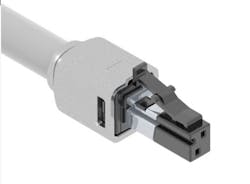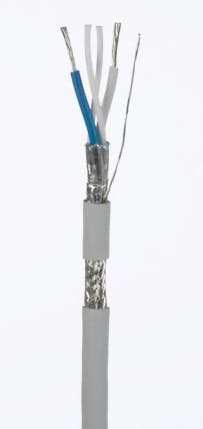How Single Pair Ethernet Brings Ethernet to the Edge
Single Pair Ethernet (SPE) has been gaining attention across industry over the past few years because of its ability to use thinner cabling (thus reducing space requirements) due to its use of just two wires versus the four wires used in standard Ethernet cables. It’s also being recognized for its ability to offer up to 10x longer distance runs, 80x the bandwidth, and 2x the power of standard Ethernet.
As industry transitions toward Industry 4.0 and its all-digital communication requirements, the advance of SPE is well-timed. Automation World has been covering how industrial networks are increasingly becoming the center of automated processes, much as controllers have long been viewed.
As most Ethernet-connected devices on plant floors incorporate Ethernet managed switches and use multi-layer segmented networks, Ethernet programmable controllers and smart I/O distribution devices are now common elements of control systems, notes Mike Berg, senior business development manager at Panduit.




